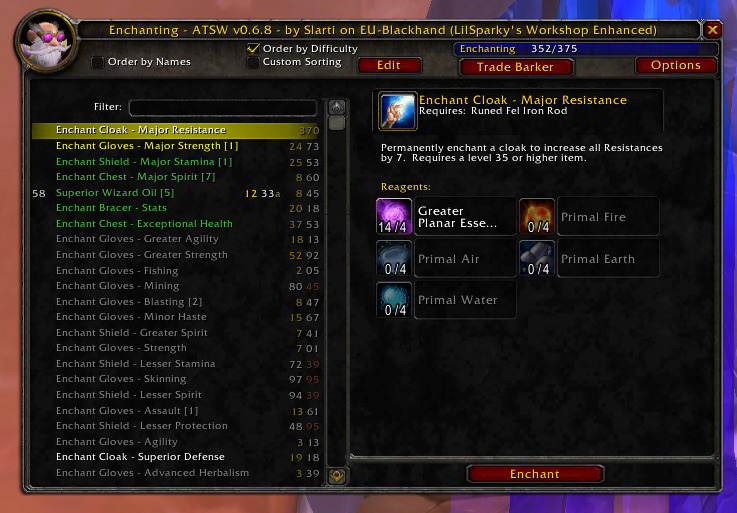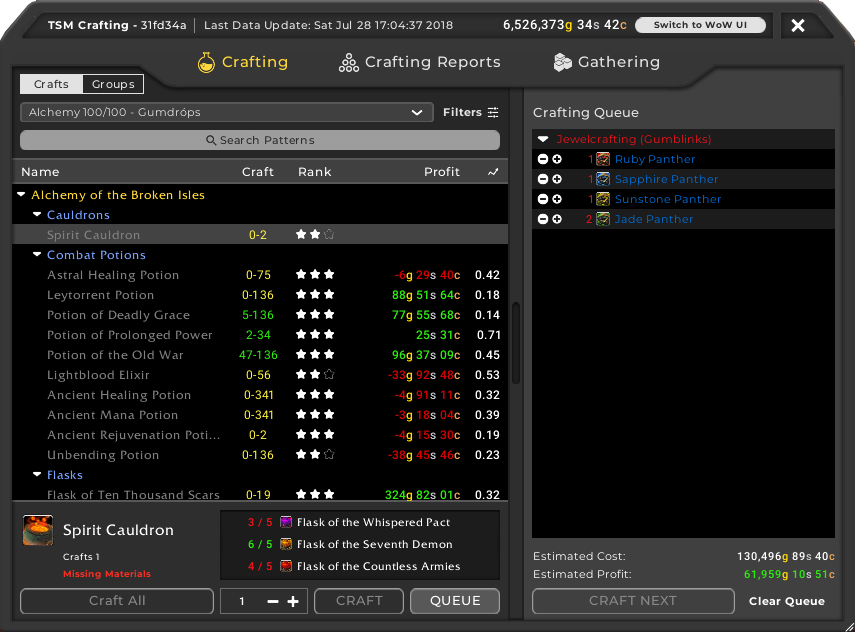
Here is a comparision between atmega48, 88 and 168:

Usually i use eclipse with the avr plugin, so i dont really know how most things actually work. I think this is because the source is unchanged, and written for atmega88, so there are most likely some things that need to be changed in order to run it on atmega168, but i dont even know where to start. The hex-file is uploaded and the fuses are set as you described. Linux is my main OS and i have avr-gcc, avrdude, the build-essential metapackage and so on installed, so compiling your sources went without problems.
#Tsm 4 craft window code#
Im quite new to microcontrollers and im not familiar enough with assembler to understand most of your code (I have tried for hours, really). My board is ready and built according to your ASCII description, but I can't make it work for some reason. I have an atmega168 lying around, which almost is identical to atmega88, but with more flash. (I REALLY want to see it with my own eyes and show it to my friends) This is really one of the most amazing things i have seen, and since you have uploaded the source and schematics i wanted to build my own copy of your demo board to see if it actually works. If the problem with the above is just the 1K RAM, would a larger chip with, say 4K RAM, be enough to do some basic text and graphics? Thank you for your participation. Once we start using external RAM, we can do lots of things, and that area has been explored by others in several projects. One alternative would be to use a tiled display, but without external RAM it would still be very limited. Even if we opt for a simple black and white bitmap, there would only be room for 128 x 64 pixels. Hi! The main problem with this approach is that the chip would have to keep track of a frame buffer. We just flash it and can do the following for example: What I would like to see is a lib for the MEGA8. would it be possible to create some kind of simple vga-driver for the MEGA88 in a way that you can set some graphic elements on the screen using a I☬ or RS232 interface? Interesting part is probably the cycle-accurate code in asm.S. If you want to learn more, I suggest you dive into the source code, starting | GND -||-+- XTAL2 | | SCK - (to programmer) Output comparator connected to timer 2 in the chip is set up to create a Would appear and disappear suddenly at the edges of the screen. Smooth scrolling is then implemented by inserting variable delaysīefore and after each display line, but that alone is not enough, because characters Shift register can be programmed to emit a sequence of 8 bits with a single instruction, thus offloading
#Tsm 4 craft window serial#
Internally in the AVR (it is typically used for serial data transmission), and this High resolution scroll text: The MOSI pin is connected to a shift register The MOSI pin is low while the OC2B pin is high, the three color signals willīe pulled to a high voltage, corresponding to white. I've hooked up a couple of diodes and a PNP transistor in such a way, that when
#Tsm 4 craft window software#
The software can change the current colour in a single clock cycle using the See in the schematic below, I perform a two-bit digital-to-analog conversionįor each of these signals, using R-2R resistor ladders. Ground and 0.7 V during the visible parts of the video frame. Is well within the tolerance range of a computer monitor.Īpart from the sync signals mentioned above, a VGA signal contains threeĪnalog voltage lines - red, green and blue - that vary between


Due to rouding errors, we get a frame rate of 59.99 Hz, but that but during those lines you need to keep generating the horizontal sync Horizontal blanking and 45 full display lines worth of vertical blanking

If we convert the figuresĪbove into clock cycles, we get 480 cycles of visible pixels, 155 cycles of The microcontroller is clocked at 20 MHz. Values as long as you keep the sync signals steady. It's OK to deviate a bit from the standard timing Two digital signals are used to synchronize the sender (graphics card, customĭemo hardware etc.) and the receiver (monitor). (1428.75 μs, equal to 45 full display lines) before it all starts over. After 480 such lines, there's a longer break Takes 24 μs, and is followed by a 7.75 μs break called the TFT monitors work differently, but the VGA signal is stillīased on the idea of an electron beam. Times per second using an electron beam, which is sweeping across the screen Just like your average 80's home computer, the entire design is centeredĪ typical VGA-based, low-resolution CRT monitor will redraw the screen 60


 0 kommentar(er)
0 kommentar(er)
